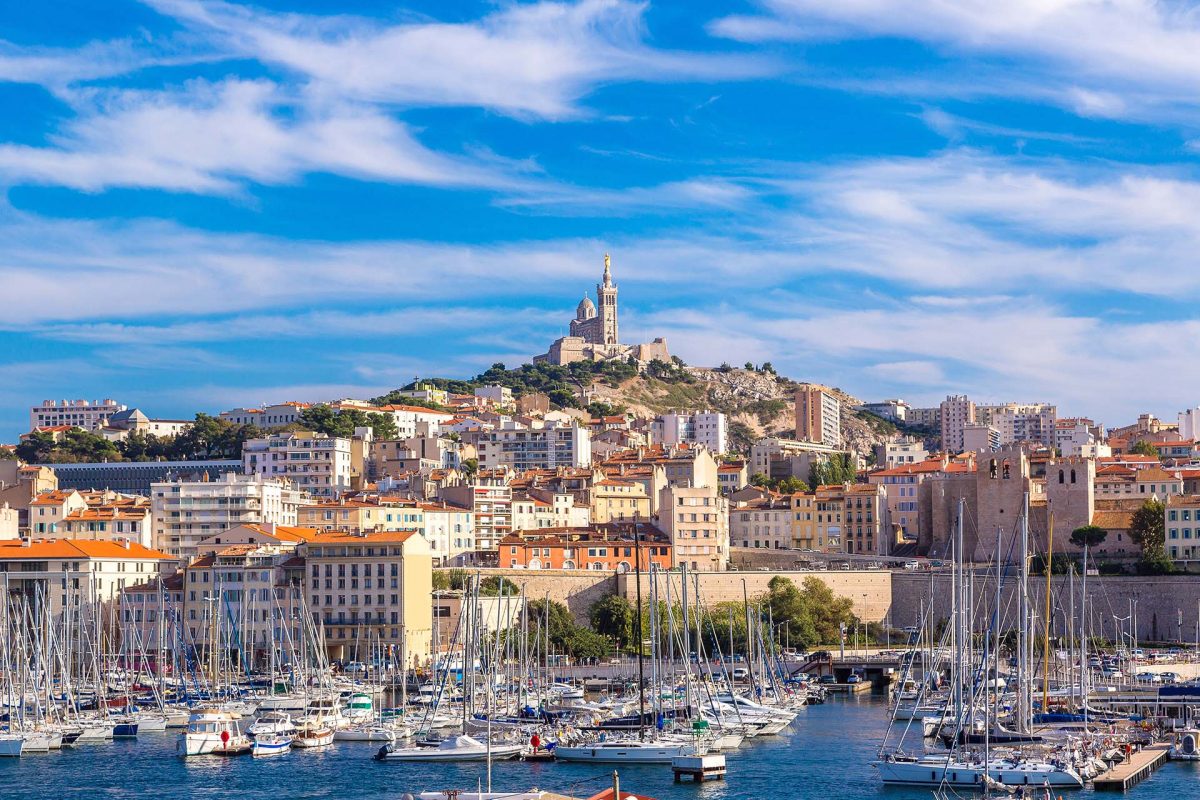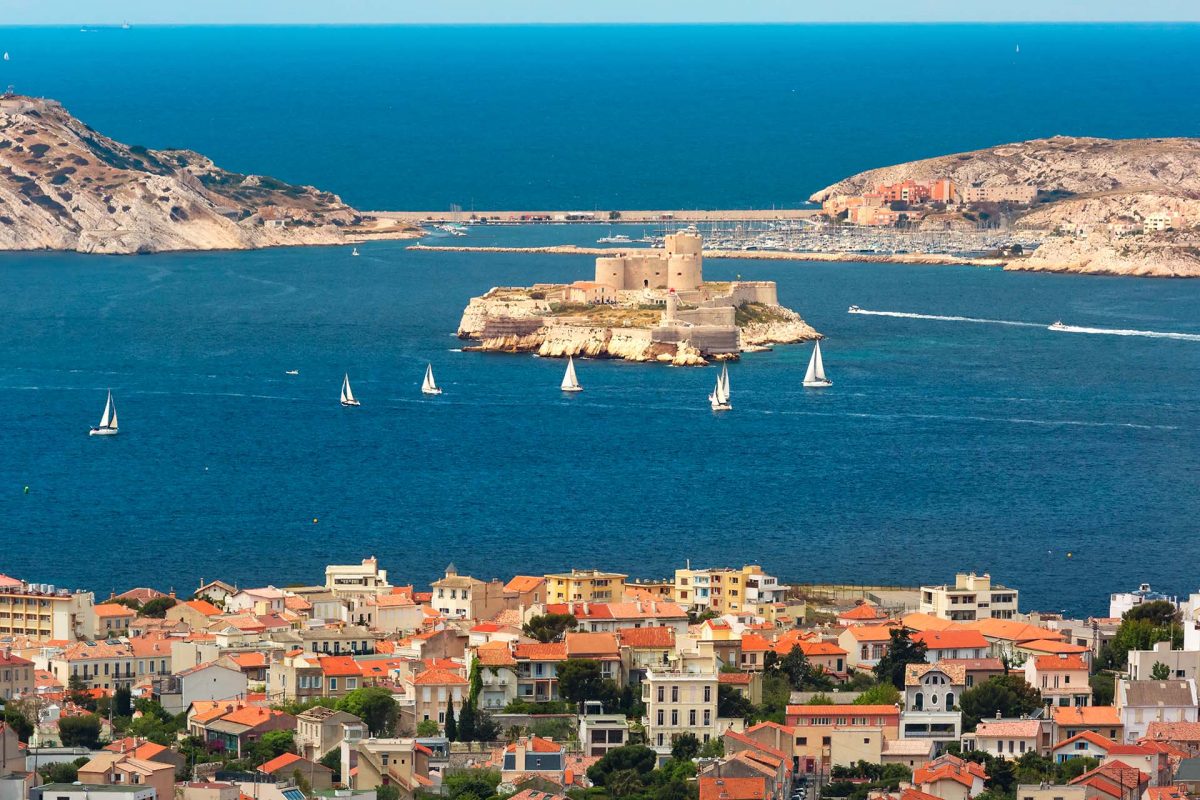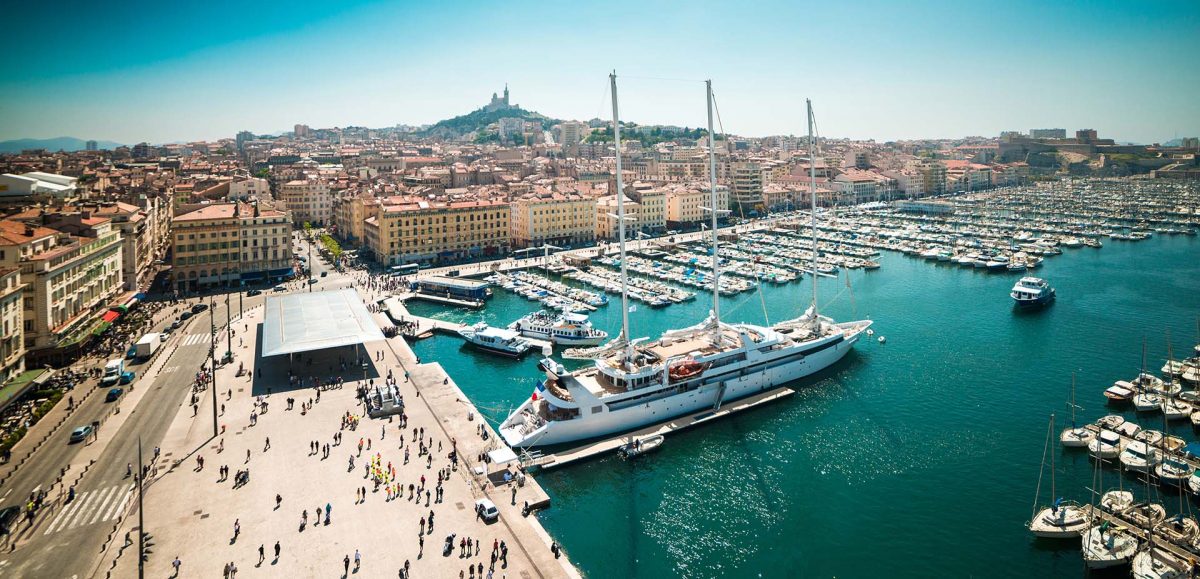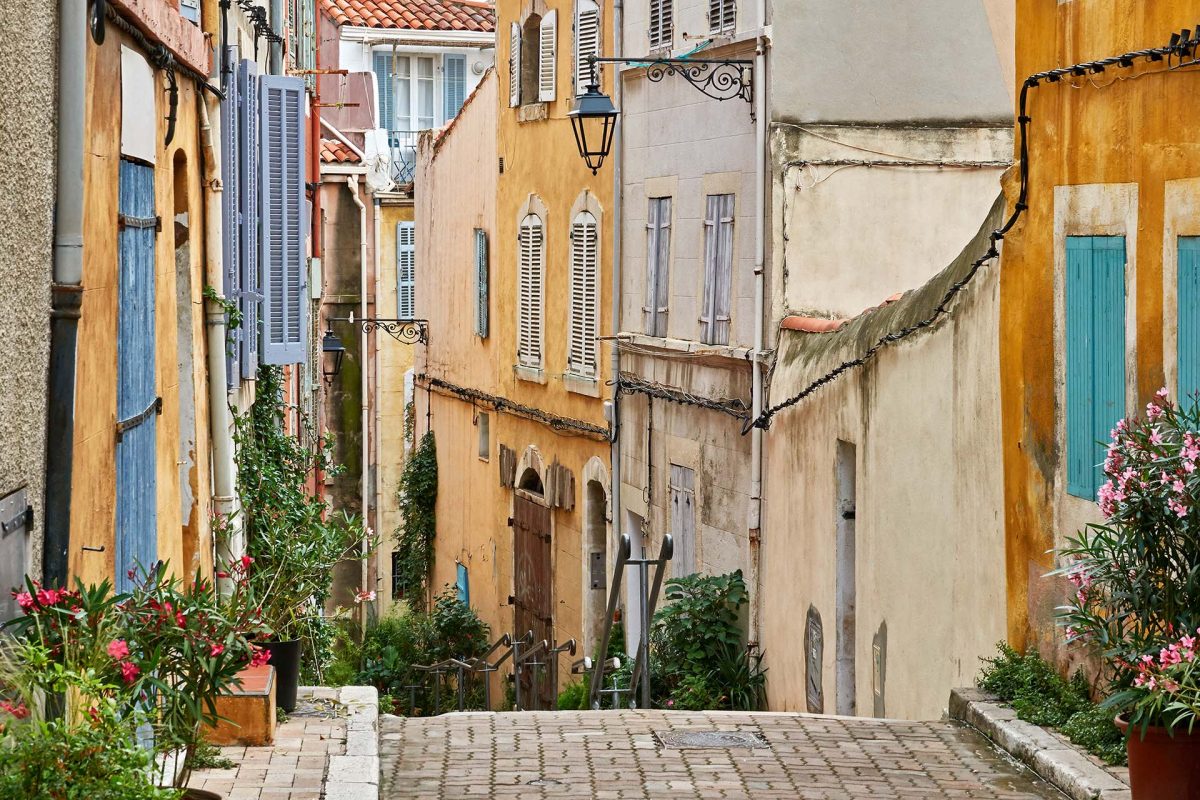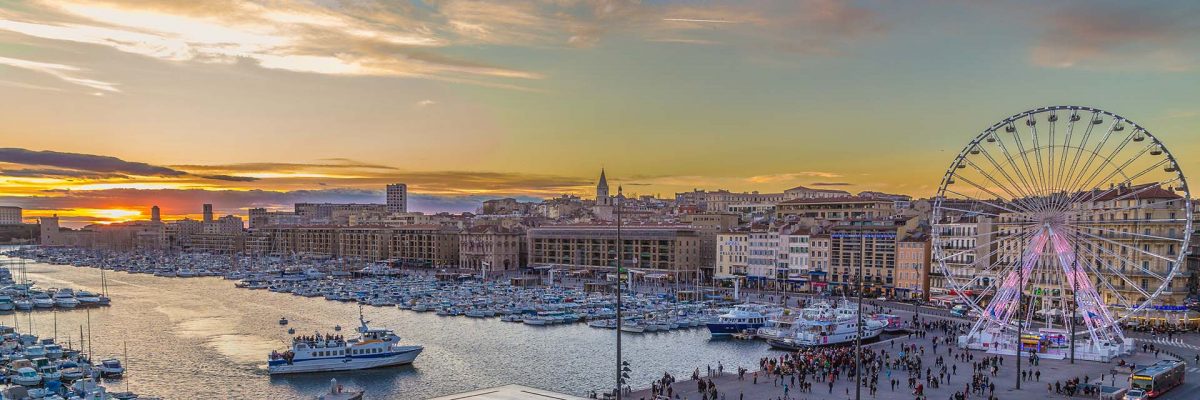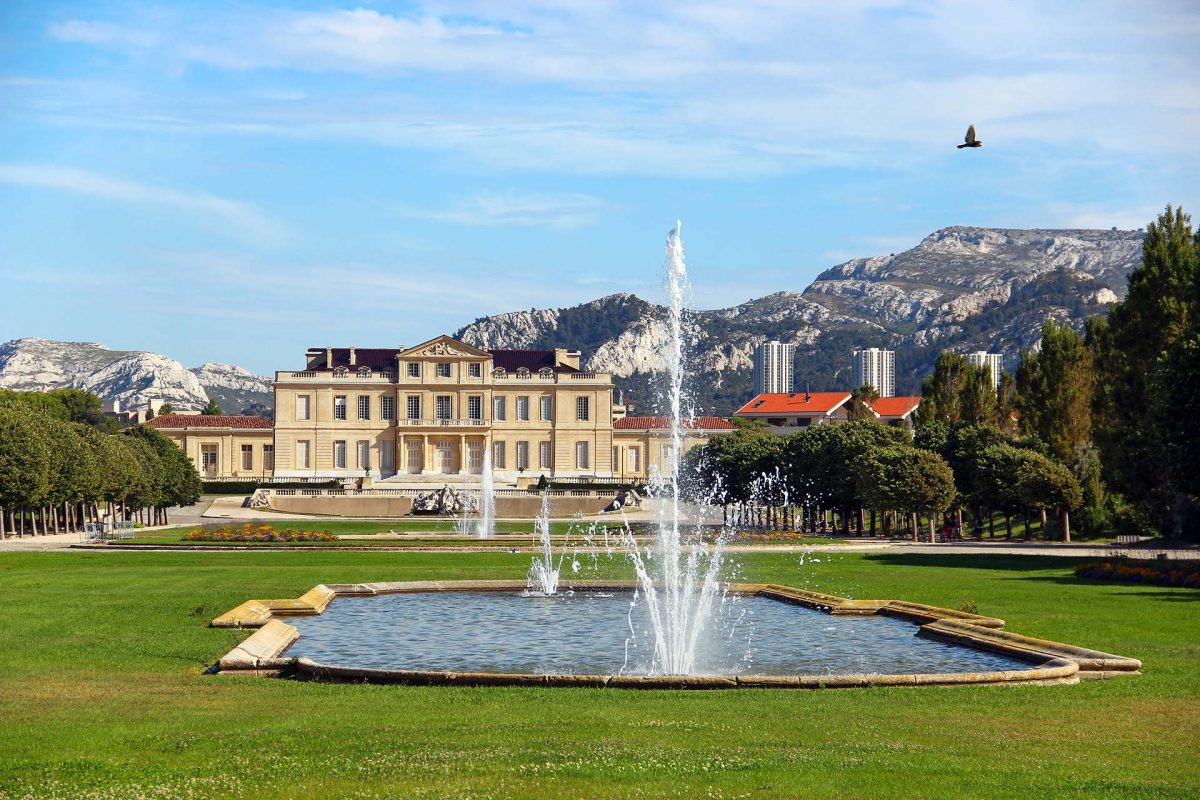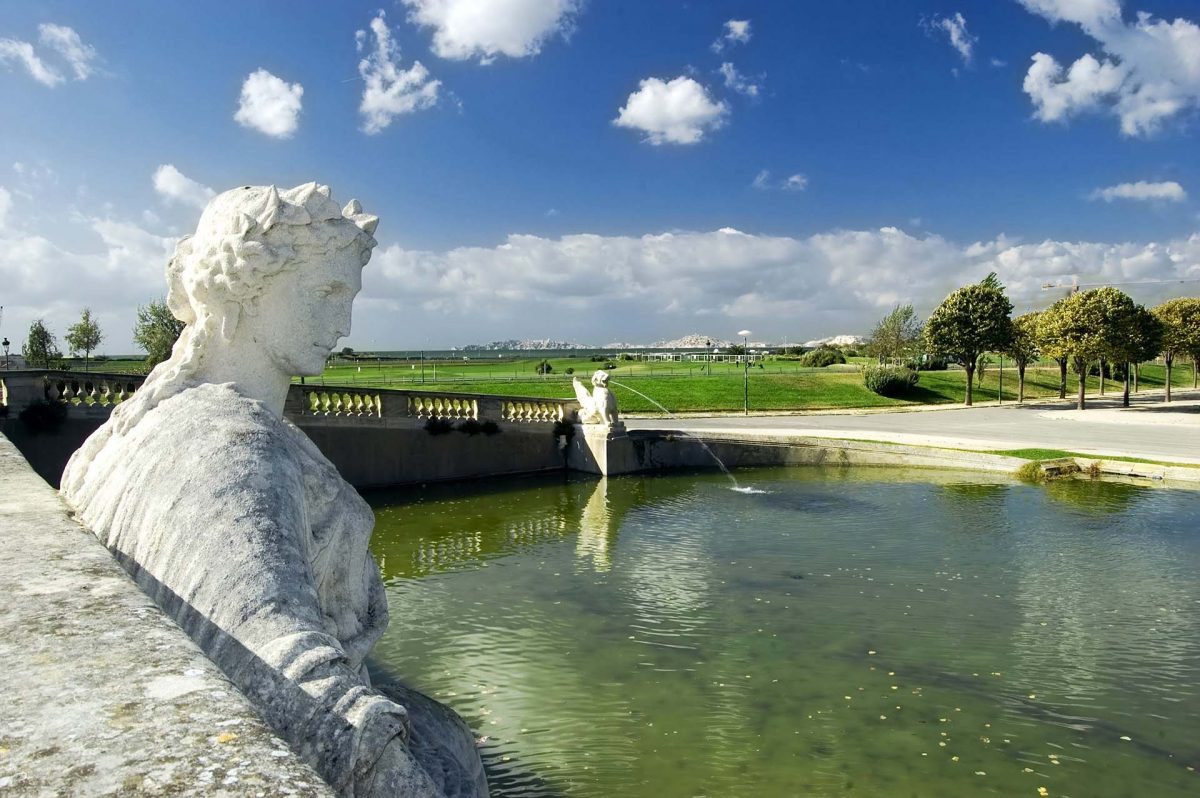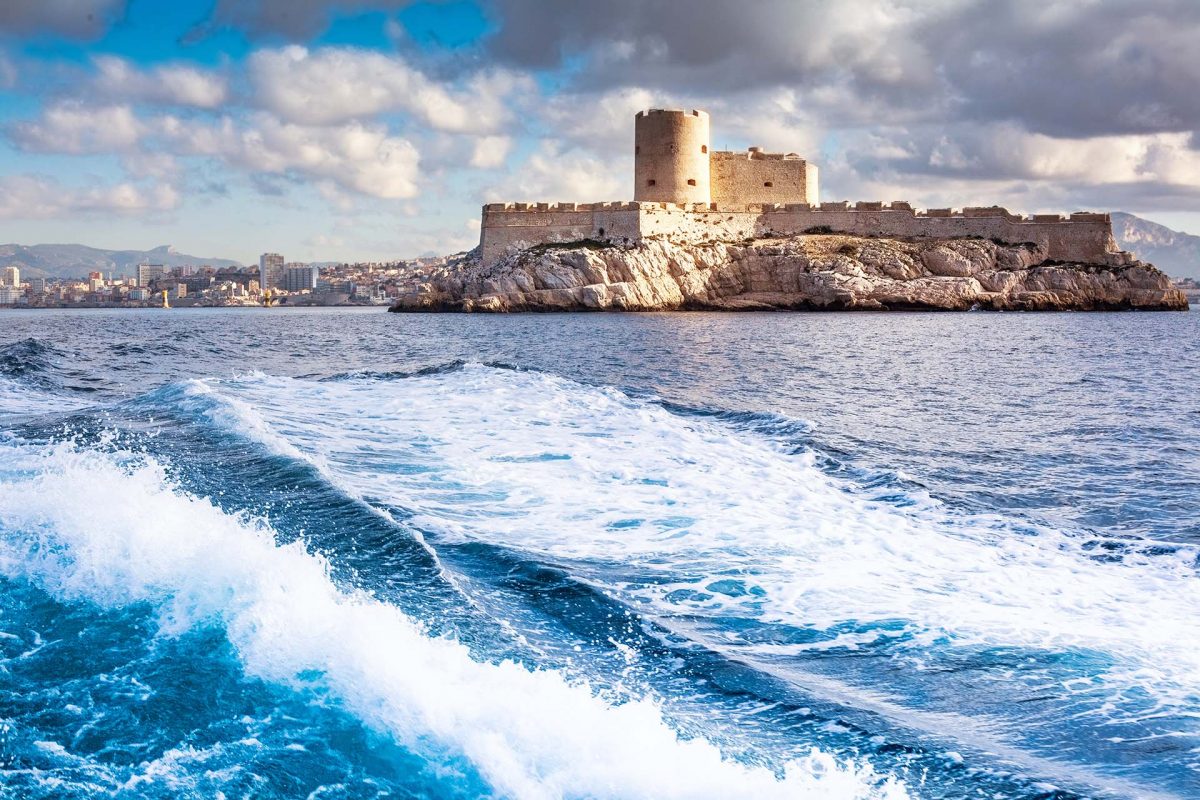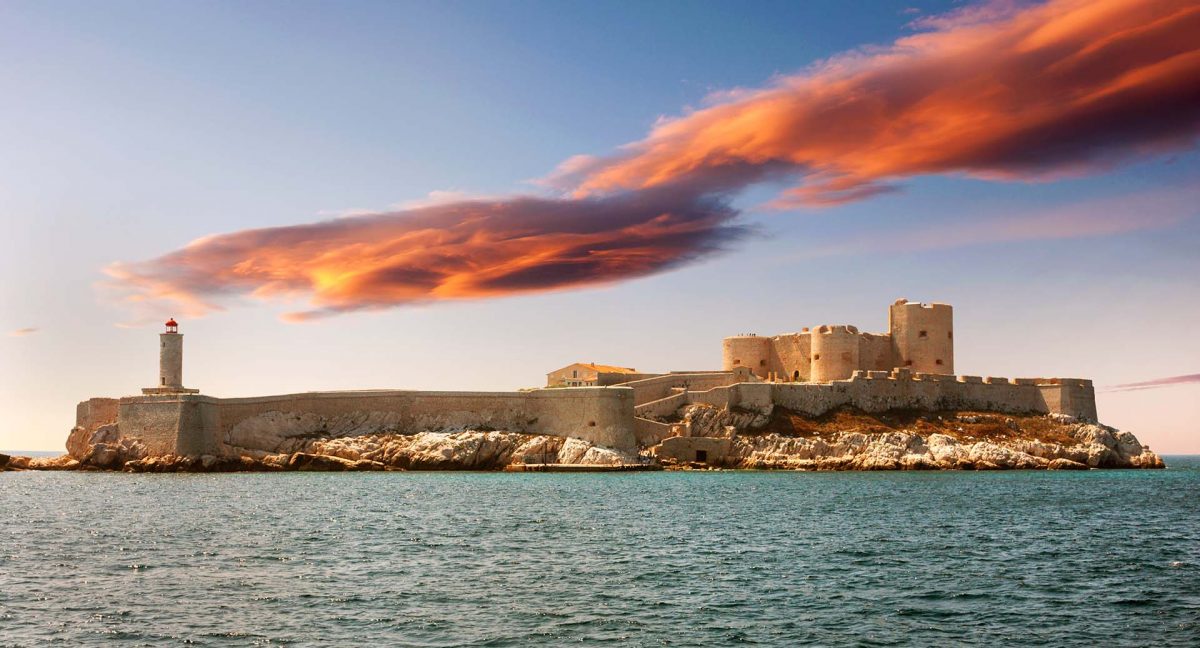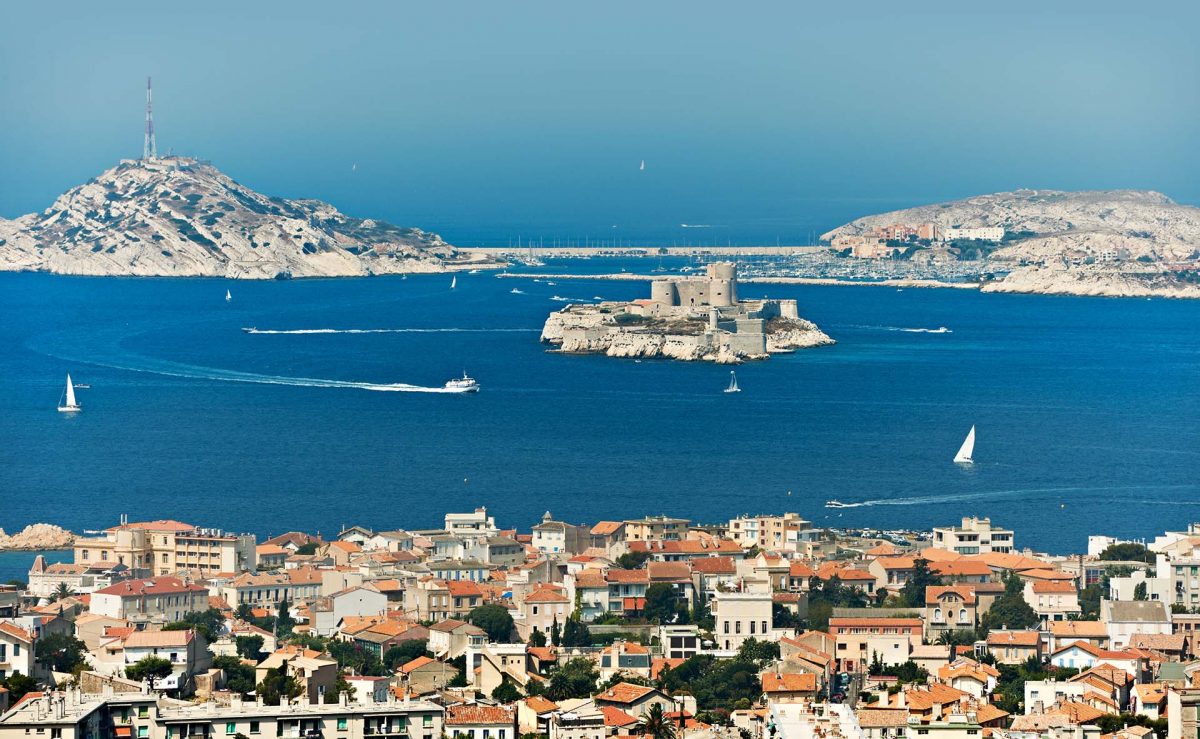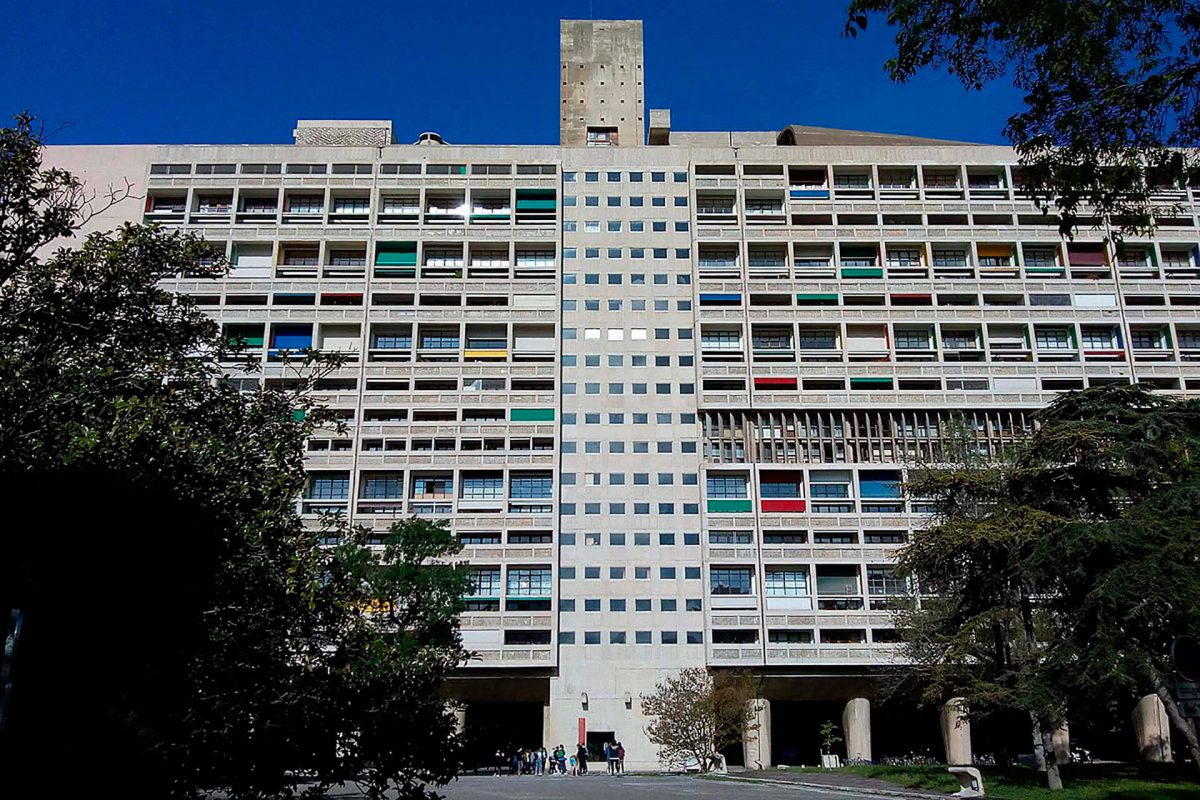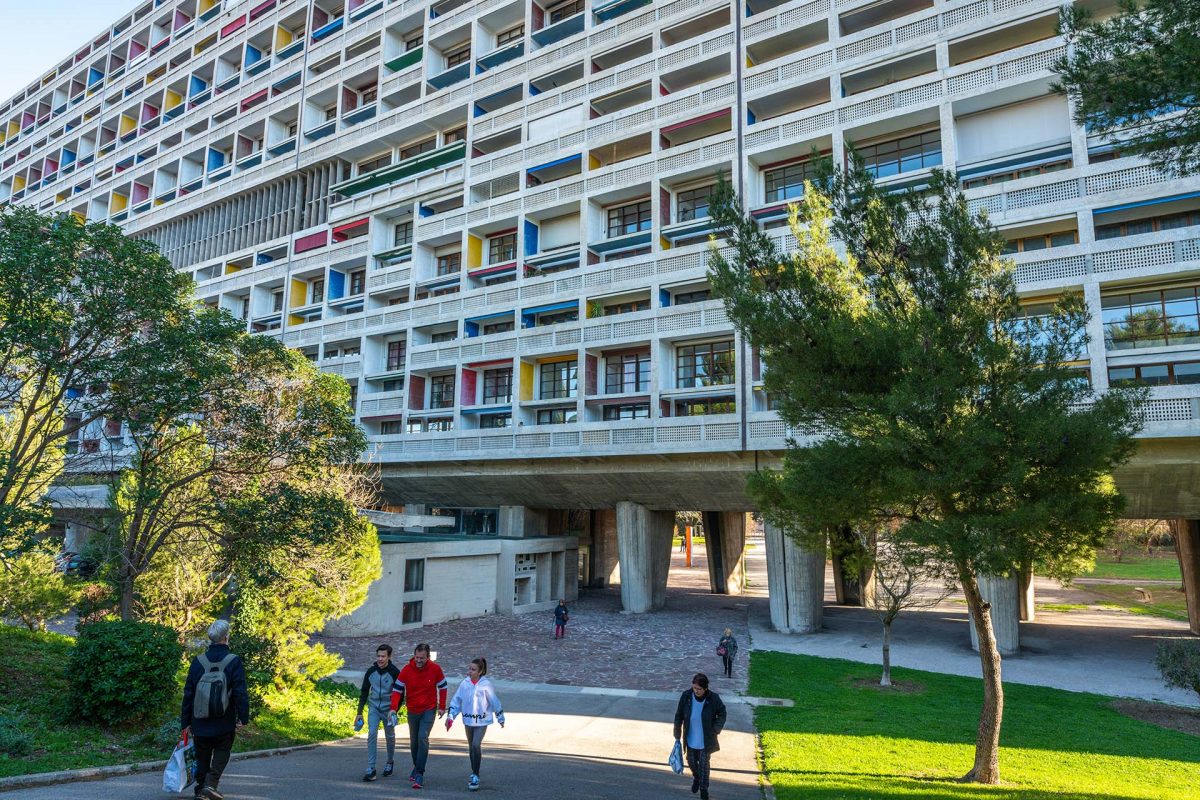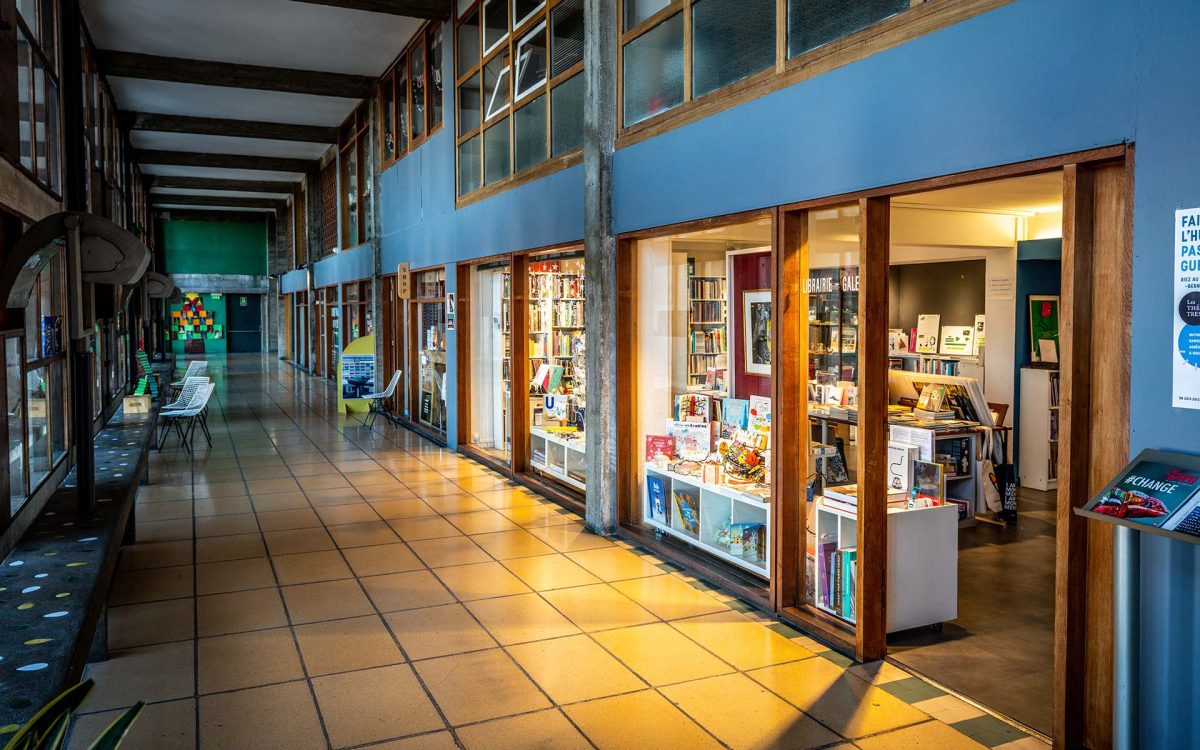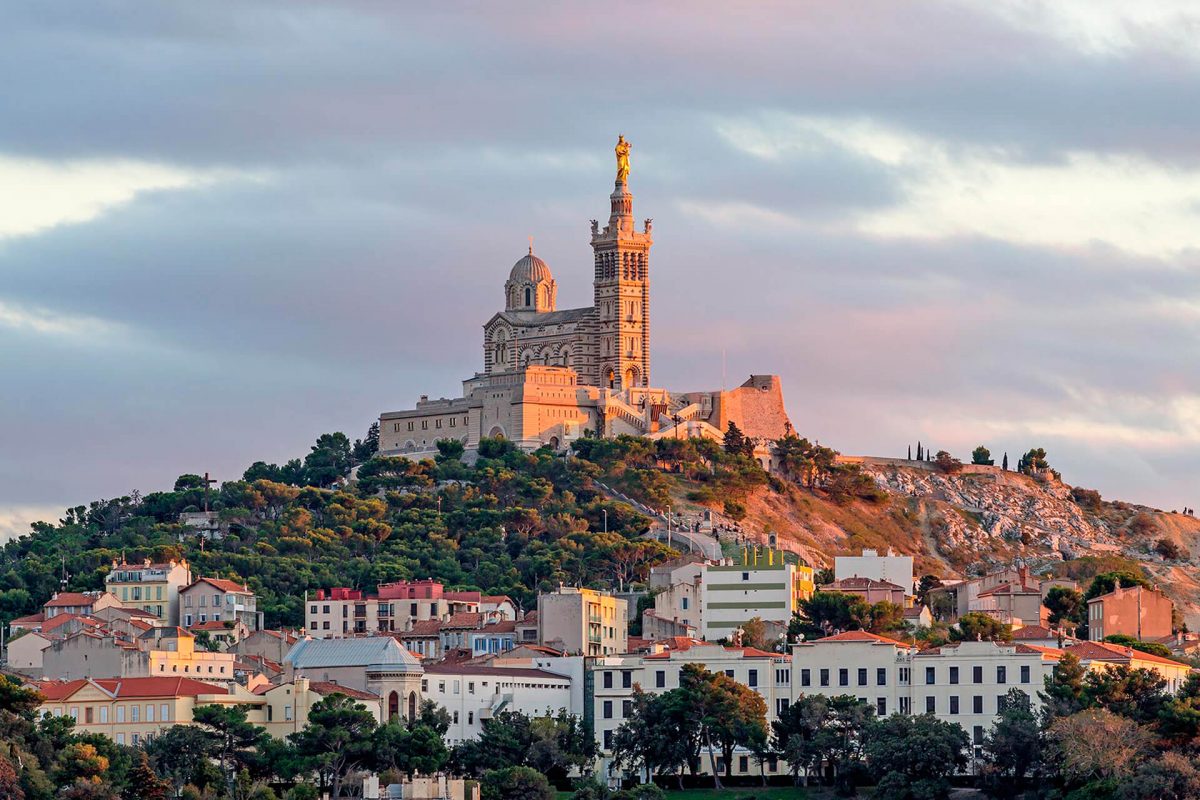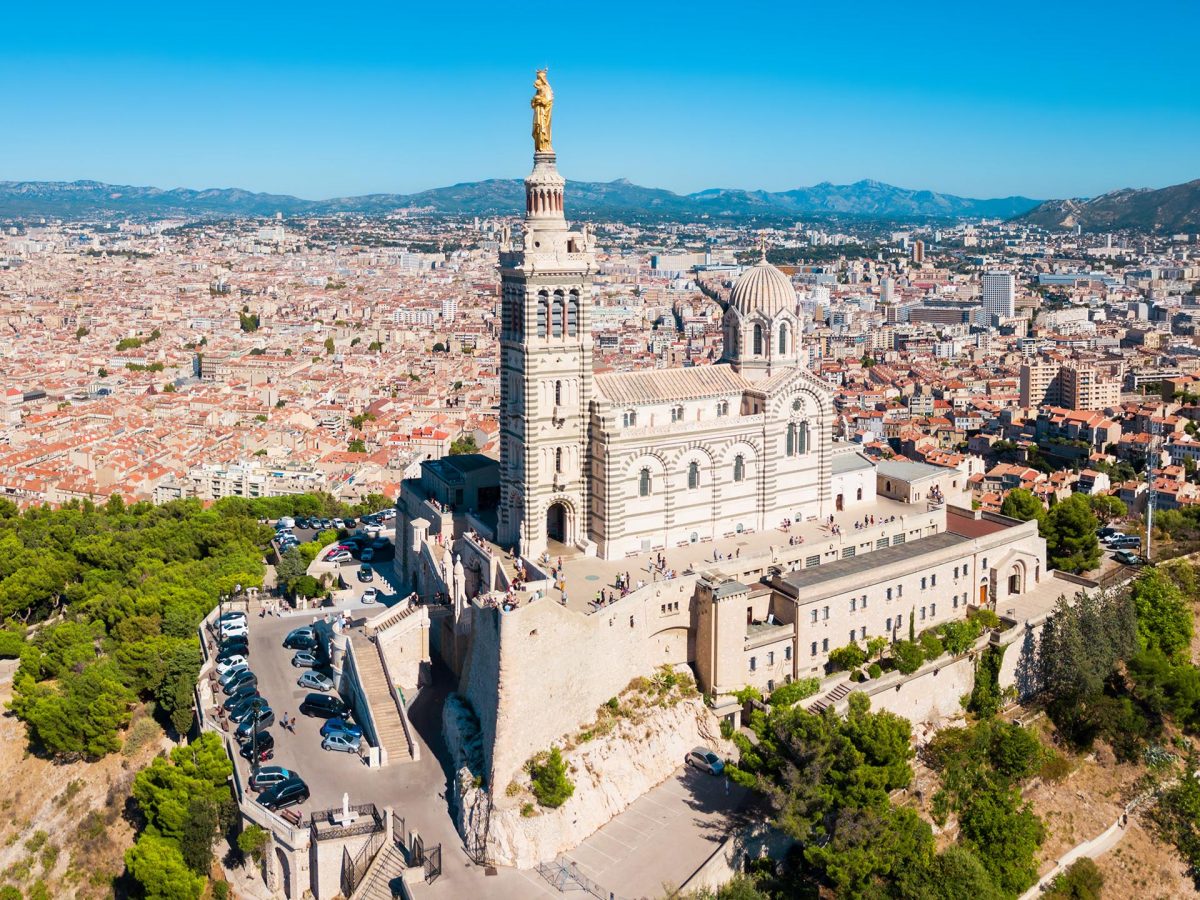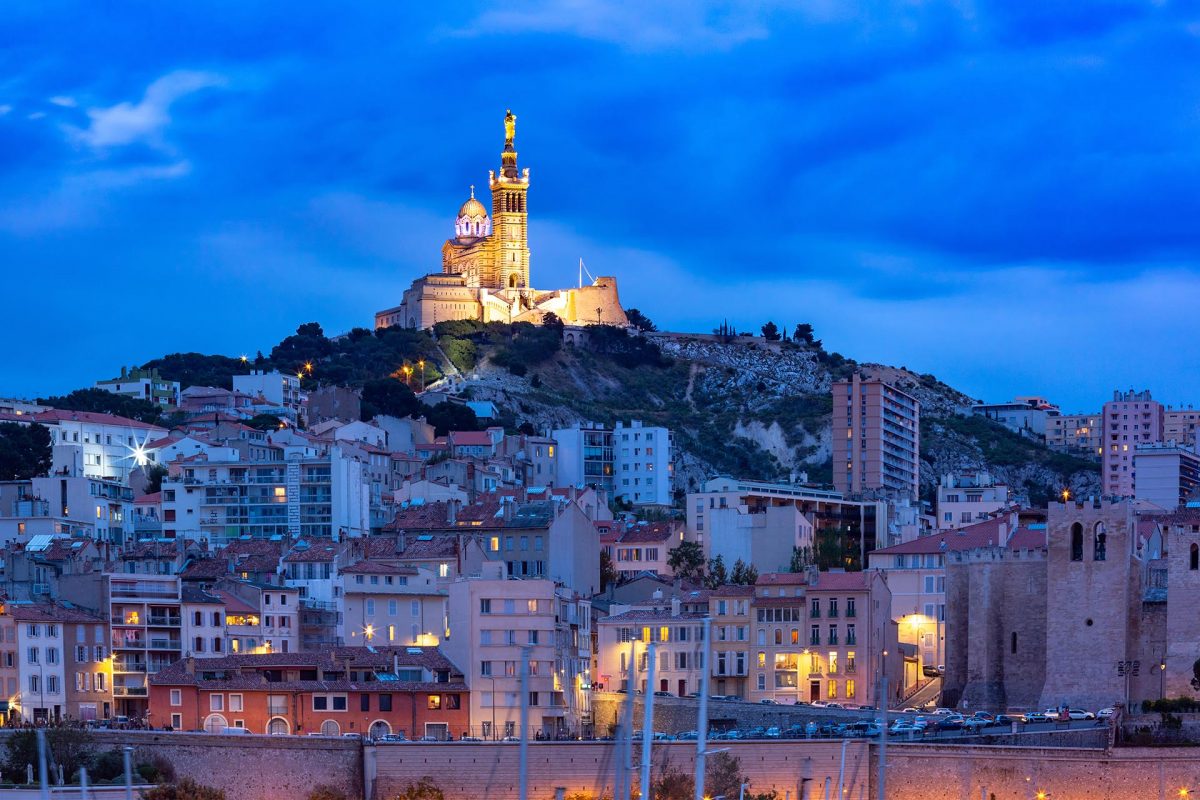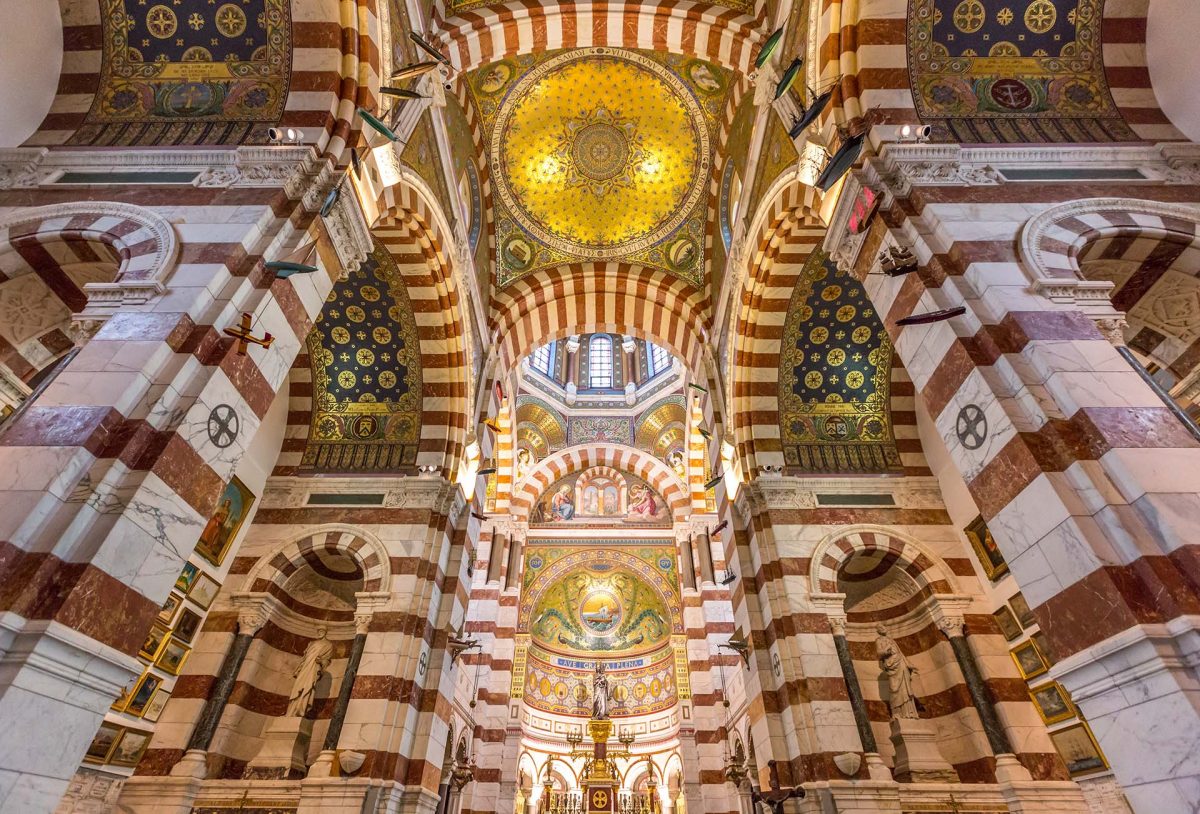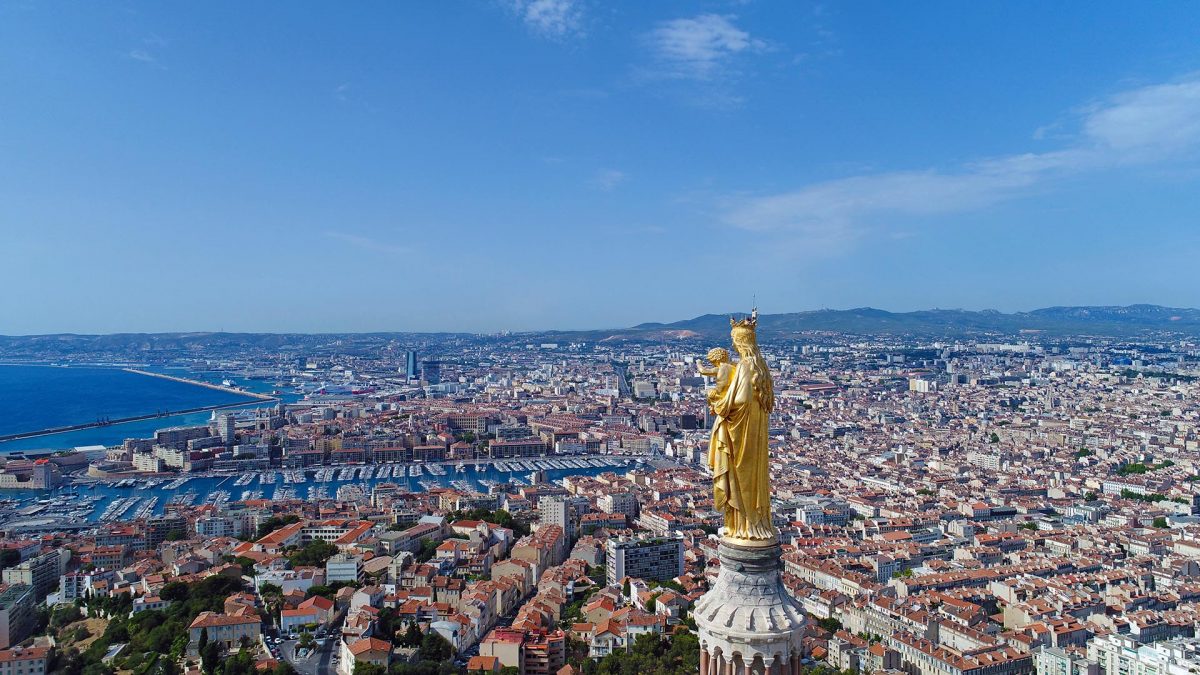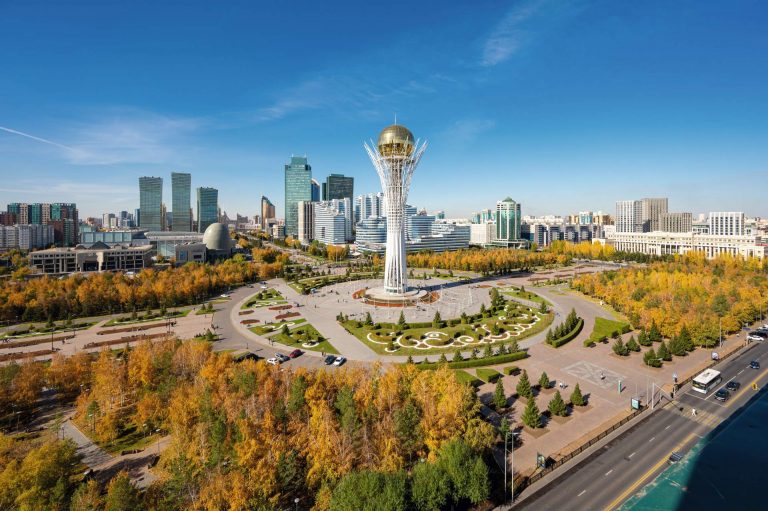It’s not a city that thinks it needs to please tourists. Yes, there is a certain Parisian regularity to the prospect of its avenues, a hint of former glamour, but this bourgeoisness is so generously diluted by thoroughly Naplesque squalor and a motley expatriate population that it can at first be a bit intimidating. The guidebooks list a standard set: the Arc de Triomphe, the classical palaces and forts, the botanical garden in the Borely Park, the cathedrals, the theatres and museums, which are more numerous only in the French capital.
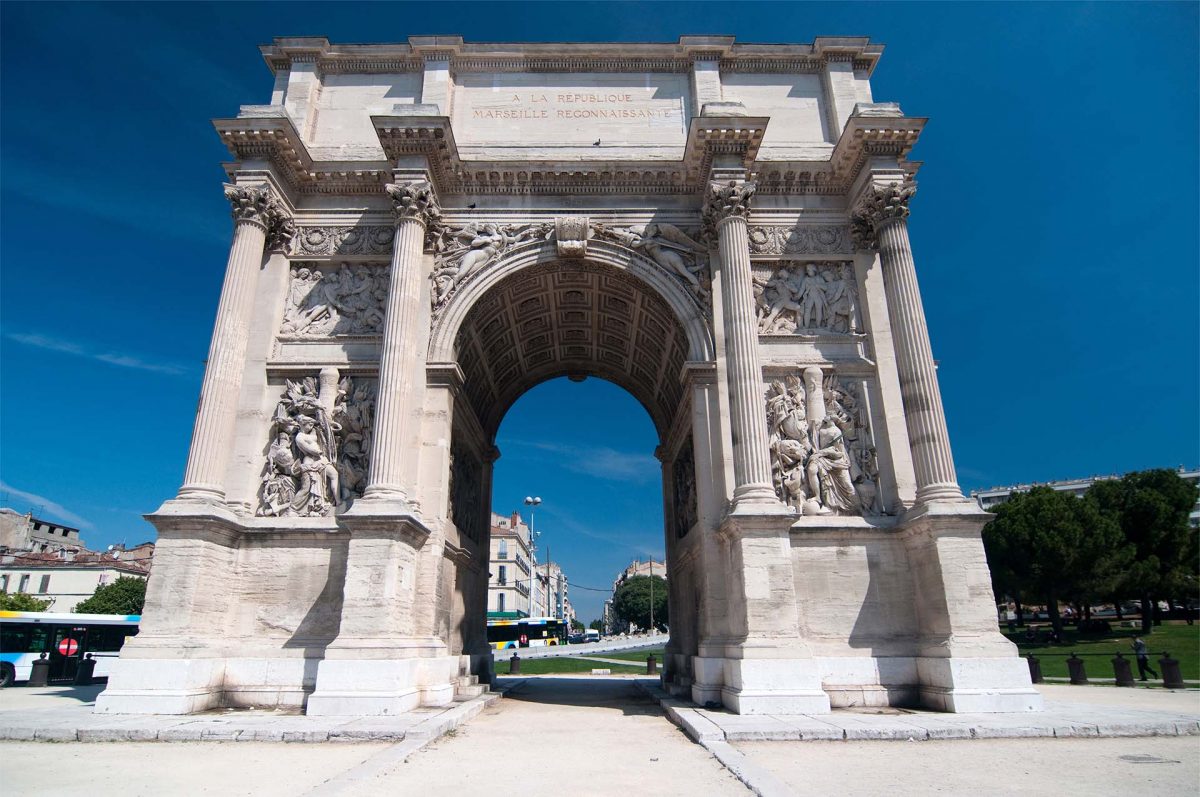
However, is it worth wandering systematically from one tourist attraction to the next, when the seaside town is buzzing with such authentic, noisy, wildly scented and exotic colours?
While normally the proximity of hotels to the port is considered dubious, in Marseille the old port, on the contrary, serves as a main square: the bay forms a long blue ribbon in the centre of the city, even the pompous town hall with its porch overlooking the water, and the opera house, the Opéra de Marseille, is a stone’s throw away.
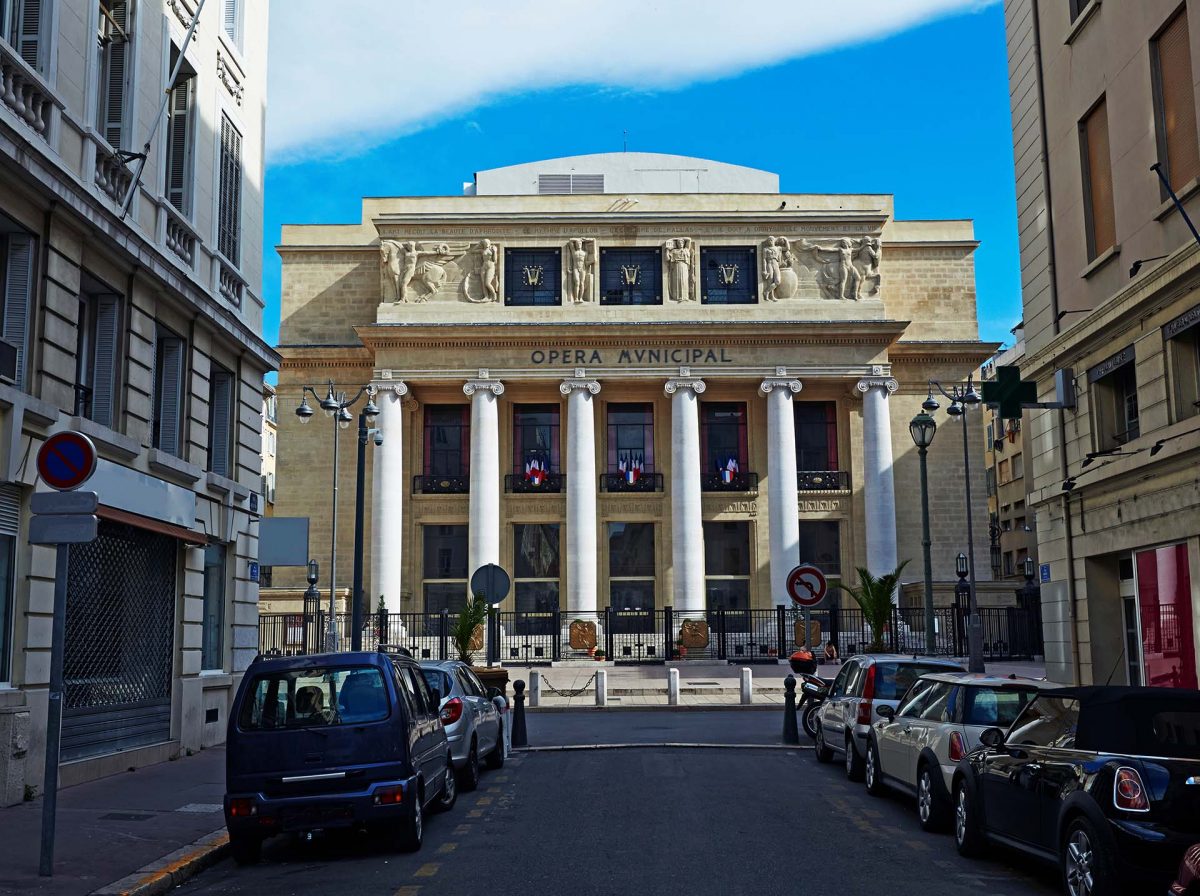
Sitting by the window in your hotel room, you sometimes catch yourself thinking that you don’t have to rush anywhere, all the most interesting things are right here: festivals, celebrations and regattas are organised right here.
When you go out in the early morning, you are immediately caught up in the colourful whirlwind and, whether you like it or not, you become part of it. Fishermen’s boats rush to the quay with a pirate’s whistle, dashing up to the concrete wall, unloading their catch and selling it immediately – awkwardly poke your finger into a fish, you might get a bite (Aww, what bouillabaisse is like in the restaurants around here!). Further afield, there are bazaars of homemade soap, a traditional speciality of the Provence region. It looks like cakes and smells like the garden of Eden.
The ferry that takes the public to the Friuli Islands sets sail, one of which is home to the Castle of If, where the Count of Monte Cristo was imprisoned. Don’t even bother stuttering that the character is a literary one. You’ll be instantly presented with the “very” cell where he languished in captivity. The ferry siren is followed by the sound of bells ringing and seagulls screeching, then the sound of a lost elephant trumpet coming from nowhere – it’s a bass saxophone warming up. The street jazz band, chanting unbridled songs, lures gawkers to the far end of the block, where the small fish crackle and puff on glowing braziers and a throng of different ages dance around, as it turns out that this is the local sardine festival!
At the Old Port, you begin to understand the literal meaning of “forest of masts”. Every conceivable type of vessel, from the luxurious five-masted mega-yacht to the shabby wooden skiff, is densely lined up here. There’s the same ethnic diversity on shore. One of the Mediterranean’s largest and oldest ports has not been called the “gateway to the Orient” for nothing.
It has always been an immigrant town, ever since the Greeks founded their settlement in Messalia 600 years before Christ. Afterwards, whoever conquered this bay, whoever settled here, and whoever built it!
There are Roman docks, Arab quarters, pseudo-Byzantine palaces of wealthy merchants, Romanesque-Gothic basilicas, Baroque apartment houses, squares and esplanades, finally, Le Corbusier with his futuristic “Shining City” – a seventeen residential building on the 36 columns-foot. The architectural variety has developed into an amazing harmonious urban fabric: the prospect of the streets open wonderful views, the historical buildings have sustained height, a relatively large for the European city of greenery and pedestrian zones, traffic interchanges are well thought out, and even let under the bay. There are, alas, the “false teeth” of modern glass buildings, but so far they have not spoilt the skyline.
Marseille’s most precious jewel is Notre-Dame de la Garde. The cathedral looks beautiful from the sea, and from almost anywhere in the city: it sits on a dominant hill (154m) and is topped by a ten-metre-high golden statue of the Virgin Mary. It’s worth climbing the hill, even if you’re just passing through – not so much for the stunning panorama, but to enter Notre Dame and marvel.
The lower chapel, built in 1214 by Maitre Pierre, now houses the tombs. Upstairs, at the top of the building, altered and finished in 1864 by architect Esperandieu, is the amazing basilica of the sailors, blessing them for their long voyages. There is a Christian tradition of bringing small gifts to the temple in gratitude for deliverance from illness, success in business or other divine help: icons are often hung with rings, medallions, and crosses. The people of Marseilles did not have enough money for jewellery gifts, but they wanted to thank the Blessed Virgin for saving them from storms, and they brought what they could: wooden models of their ships, boards with prayers for their neighbours, pictures of naval battles. As a result, over more than a century the grand Romanesque-Byzantine basilica has become so full of these unsophisticated offerings that it resembles a toy shop in some places.
The tall nave itself is atypically Catholic in appearance. The red-and-white arches of porphyry and marble, once brought by 23 ships from Italy, the walls with frescos and generously gilded mosaics – all this is typical of Orthodox churches. Then you notice suddenly that there are armadas of small sailing ships, aeroplanes and steamships suspended on strings from the ceiling. They shudder and spin, because the wind at this height is always lush and fresh, it howls dramatically somewhere in the vents of the dome, and at the entrance, it is needed to put the doors-turners, so that the wind-buoy, bursting inside, would not tear up the skirts of the congregation. Even the lamps here are made in the form of anchors.
This childishly naive, sincere and touching attitude to the divine makes even the most hardened cynics go soft. So, you got out a little bit differently already. You admire the surroundings – the bright blue water area, the sails of familiar boats, islands, tiled roofs – and you feel something that is difficult to put into words. This is real life and real Marseille.
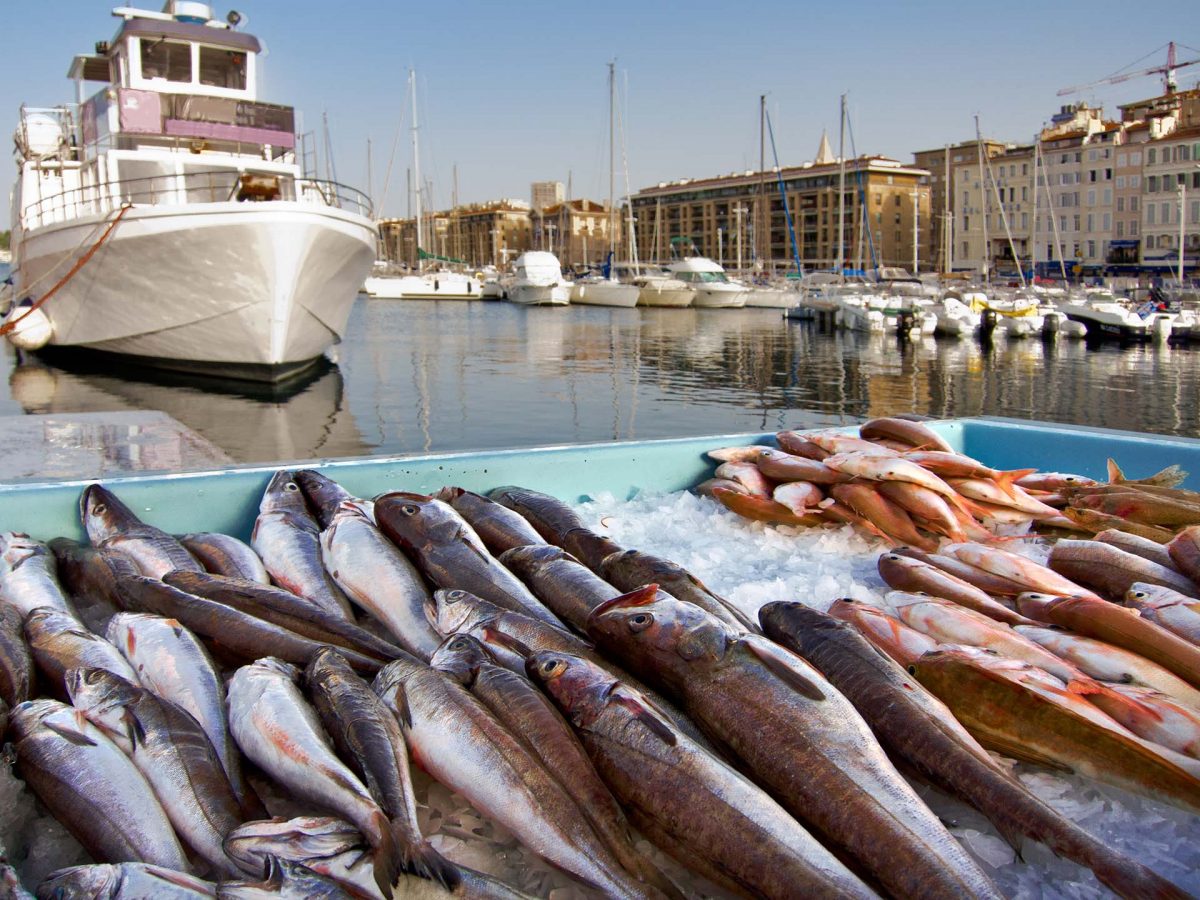
Photo: Shutterstock, Depositphotos, ru.wikipedia.org, AdobeStock

